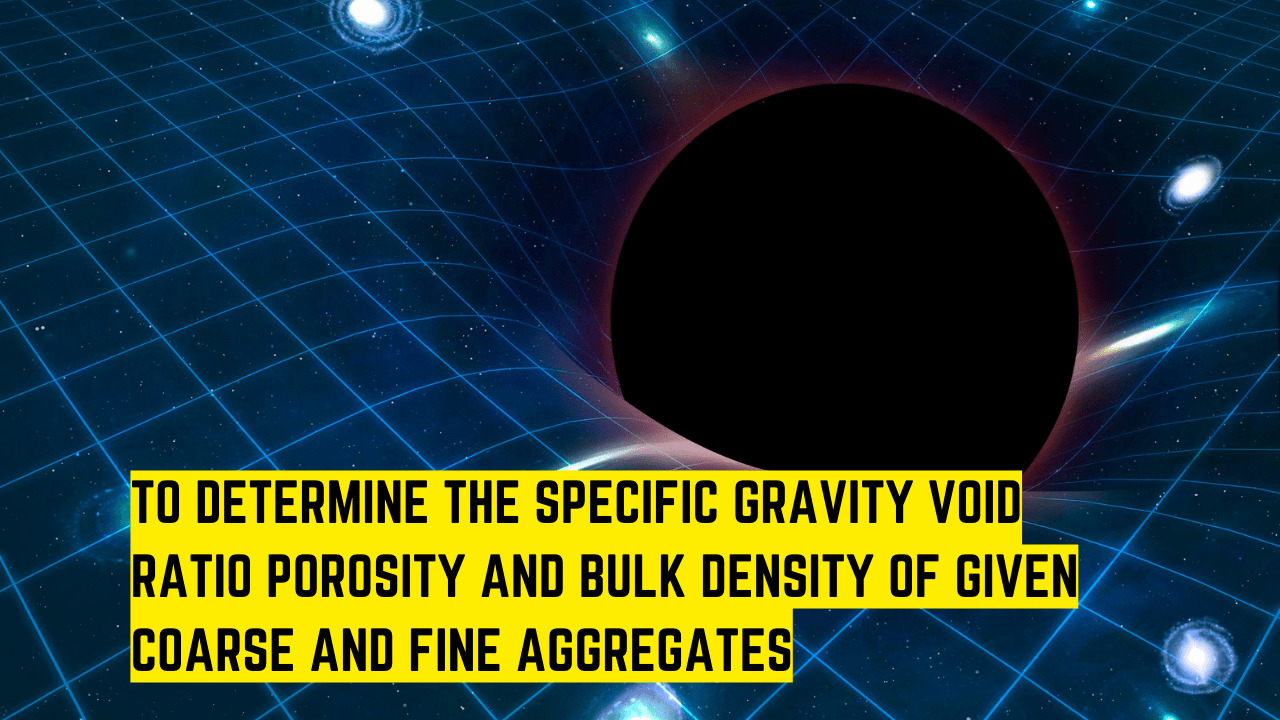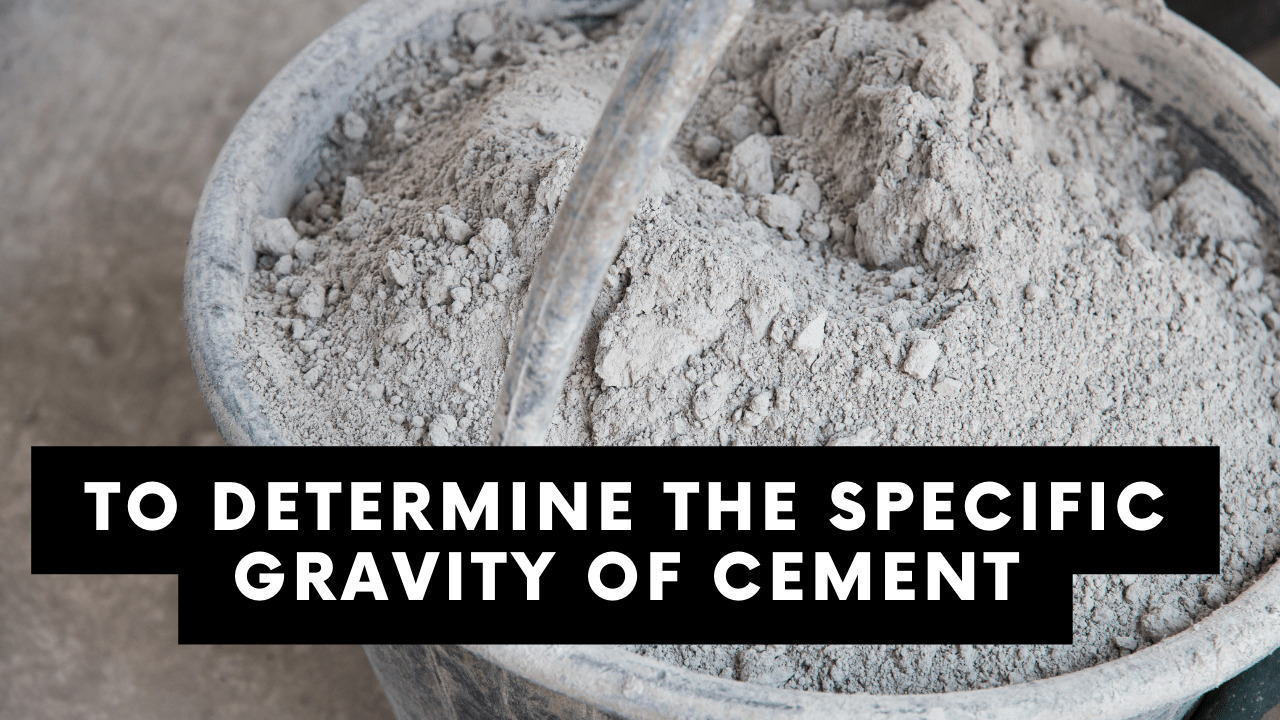Table of Contents
Objective:
The main objective of this job is to calculate the horizontal angles in the field using the method of reiteration.
Apparatus:
- Electronic theodolite
- Tripod stand
- Ranging rod
Least count of the instrument:
Least count of electronic theodolite = 00°00’05’’
Related Theory:
1)Tripod stand
Theodolite is to be supported and clamped to a stand for properly carrying out survey operations, and for this purpose tripod stand is used. It is a stand with three legs having pointed iron shoes at the lower end of each leg to prevent an imbalance of instruments. The upper surface of the tripod head contains an external screw to which the theodolite is attached
2)Plumb bob
It is used to perfectly centre the theodolite over the ground station. It is suspended from the bottom hook of the tripod stand. It works by giving it an initial swirl and if it stops exactly over the station then the theodolite is placed directly over the station point.
3)Centering
It is the process of setting up the theodolite over the station point and it is accomplished when the vertical axis of theodolite passes through the ground station mark.
4)Swing of telescope
The motion of the theodolite telescope in the horizontal plane about the vertical axis is called as the swing of the telescope. When the telescope of theodolite is rotated in a clockwise (right) direction, it is known as the right swing. When it is rotated in the counterclockwise (left) direction, it is known as the left swing.
5)Changing face of theodolite
The process of changing the face of the telescope from right to left and left to right is called changing the face of the instrument.
6)Set
A set is a horizontal observation of any angle comprised of two horizontal measures, one on the face right and the other on the face left.
7)Reiteration method
In this method, several angles are measured at a common vertex. Angles are measured consecutively beginning at the reference station and finally closing it by measuring the angle between the last station and the first station. The procedure of closing the observation at the reference station is termed as “closing horizon”.
The sum of all the angles at the reference station should be equal to 360 degrees provided that the instrument is not disturbed while taking observations. If the discrepancy is small, then it is distributed equally to all sighted stations. But if the difference is large then the set is discarded and new readings are taken.
The reiteration method is also called as the direction method of observation of horizontal angles.
Procedure:
- Let O be the instrument station whereas A, B, C, D and E are the stations to be sighted for measuring the horizontal angles AOB, BOC, COD, DOE and EOA by reiteration method.
- Centre and level the theodolite accurately over the ground station mark O.
- Bisect station A with the help of the lower clamp and make the vernier to read zero degrees.
- Clamp the upper and lower plates and read both the verniers. Take the mean of the readings.
- Now, unclamp the upper plate and swing the theodolite clockwise and bisect station B precisely, using the upper tangent screw.
- Again, read both the verniers and take the mean of the readings.
- Similarly, bisect stations C, D, E, etc. sequentially and finally reaching the starting station A. In sighting each station, read both the verniers and take the average of the readings.
- Take the difference between two consecutive readings to calculate the included angles i.e., mean reading of D minus mean reading of C; mean reading of B minus mean reading of A, etc.
- Transit the telescope and swing the instrument in a counterclockwise direction to take observations on the face right to get the measure of each angle.
- The average of two measures of each angle is taken as the right value of the angle.
Important considerations:
- On face left, readings should be taken in a clockwise direction and on face right, observations are made in the counterclockwise direction.
- While swinging the telescope from one station to the other station, the graduated scale remains in a fixed position and only verniers move throughout the whole procedure.
- In closing the horizon, vernier readings should be equal to the original setting or within an acceptable limit.
- If the variance between closing reading and original reading is large, the entire set of observations should be discarded and a new set of readings should be taken.
- observations of the angles must be made on different parts of the circle to remove the error due to inaccurate graduations.
- In triangulation surveys, a method of reiteration is generally adopted.
Observations & Calculations:
| Station sighted | Face | Horizontal angles | |||||||||||
| Vernier A | Vernier B | Mean | General mean | Angles | |||||||||
| A | Left | ||||||||||||
| Right | |||||||||||||
| B | Left | ||||||||||||
| Right | |||||||||||||
| C | Left | ||||||||||||
| Right | |||||||||||||
| D | Left | ||||||||||||
| Right | |||||||||||||
| E | Left | ||||||||||||
| Right | |||||||||||||
| Check: Total = | |||||||||||||
Results & Discussions:
Precautions:
- In centring and levelling, make sure that the tribrach is made as horizontally as possible.
- The theodolite should be touched as little as possible to avoid disruption of the setup.
- The theodolite and the telescope both should be perfectly clamped for precise readings.
- Personal safety equipment such as protective footwear with built-in toe caps, helmets and safety vets etc. should be worn in the field.
- All instruments used in to carry out the survey must be handled carefully.
- To avoid direct exposure to sunlight and rain, an umbrella should be used.
- Level and centre the instrument carefully over the station.






